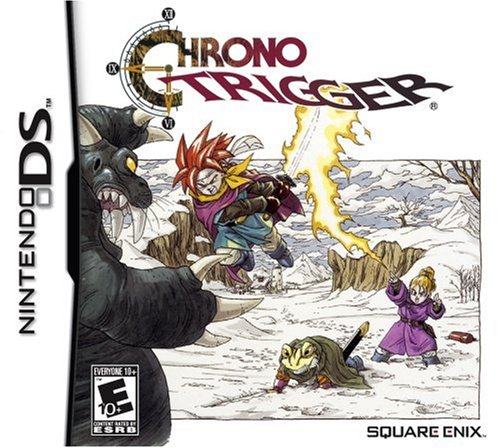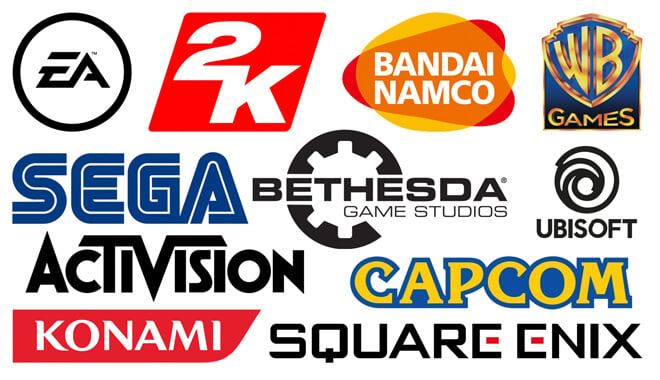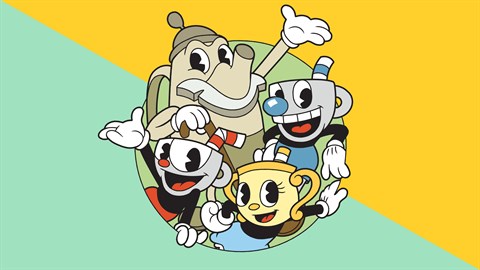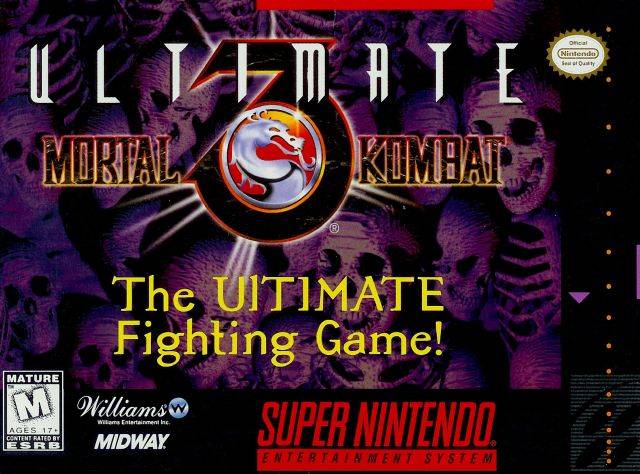New Game from a Unrepresented Company - Rayman 2: The Great Escape
- Genre: Action-Adventure & Platformer
- Company: Ubisoft Entertainment (France; potentially the first European game for a change from all these Japanese titles - future job?)
- Release Date: October 29th, 1999
Rayman 2: The Great Escape is a 3D platform game created by Ubisoft in 1999 and the sequel to the
original 1995 game, which focuses on
the title character in his journey to save
the Glade of Dreams from an
army of robotic pirates led by their evil captain
Admiral Razorbeard. The game was
critically acclaimed for it's gameplay, accessibility, colourful visuals/graphics, fantasy themes, memorable characters, dynamic level design, dark atmosphere/tone, serious storyline and
phenomenal soundtrack, even regarded as one of the best 3D platformers of the 1990's generation alongside Super Mario 64, Banjo-Kazooie and many others. It also worked as the
main inspiration and
big/key influence for
Double Fine Productions' video game series
Psychonauts and
it's 2021 sequel (with Rayman's creator/father,
Michel Ancel himself, mentioned in a' "Special Thanks" section of the latter's credits), created by a Lucasfilm Games/LucasArts veteran
Tim Schafer (known for games like Monkey Island alongside colleagues Ron Gilbert & Dave Grossman, Day of the Tentacle, Full Throttle, Grim Fandango, Brutal Legend and Broken Age).
Rayman 2 has been released
on multiple platforms such as Nintendo 64 (original console), PC/Windows, SEGA Dreamcast, the original PlayStation, Game Boy Color (as
Rayman 2 Forever), iOS devices, Nintendo DS (
Rayman DS) & 3DS, and finally, PlayStation 2 under the title "
Rayman Revolution", which expanded the game with enhanced graphics, new areas (plus a hub world), bosses and mini-games. Each version/port has
their own exclusive content and noticeable differences like N64's menu transitions, PC's
The Knowledge of the World (that allows you to browse through the lore of Rayman's world), Dreamcast's Globox Village/Isle of Doors/4-player minigames, PS1's Ninjaws boss/
a 2D prototype level and
afore-mentioned changes/features in Revolution.
If I have to choose for this thread, we'll probably use either the SEGA Dreamcast (which Michel Ancel
considered the game's definitive edition) or PlayStation 2 (Revolution) version, with perhaps some elements from other ports being included as additional features (akin to Sheng Long in Street Fighter II: The World Warrior).

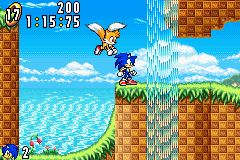
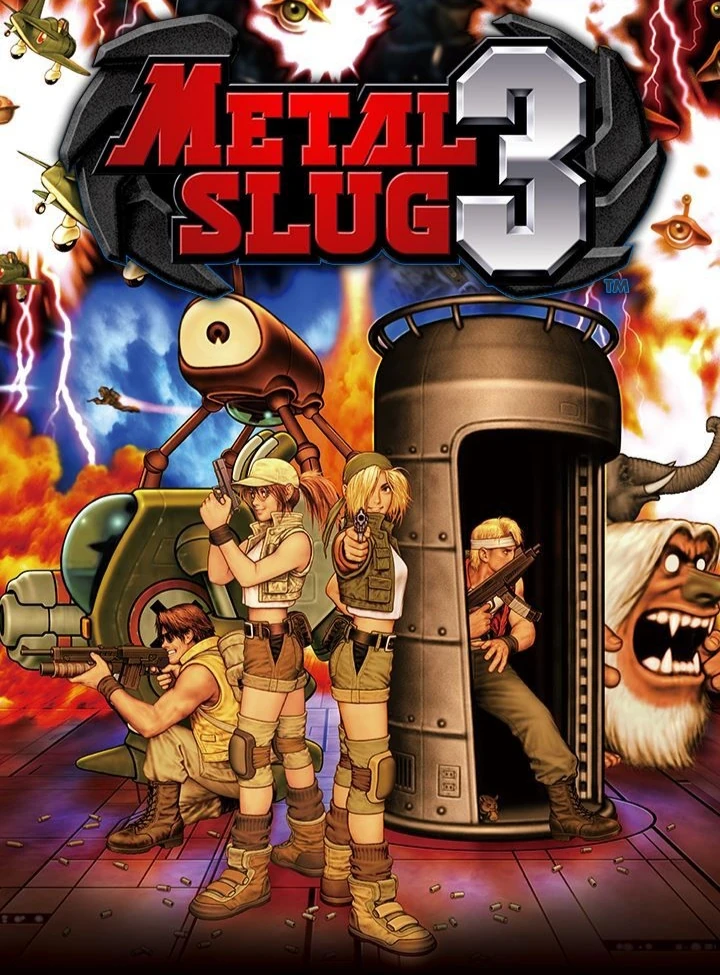
:no_upscale()/cdn.vox-cdn.com/uploads/chorus_asset/file/23925427/Marvel_vs_Capcom_2_3.png)
